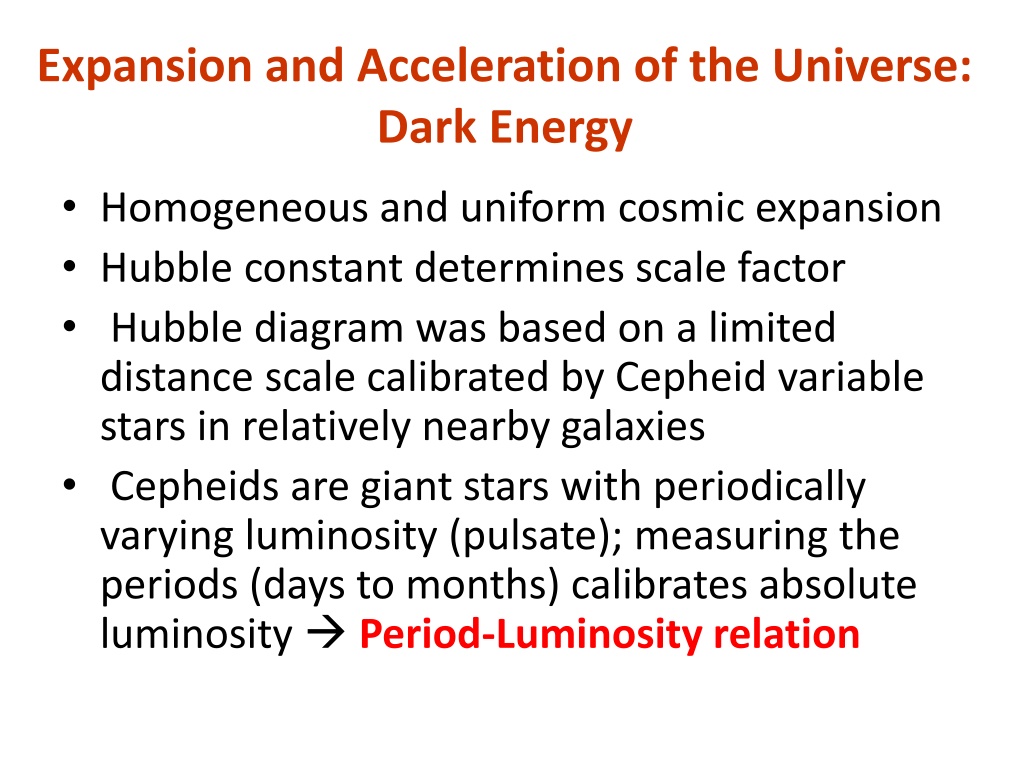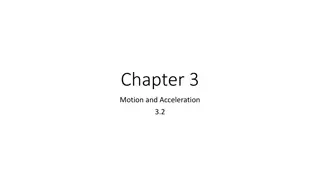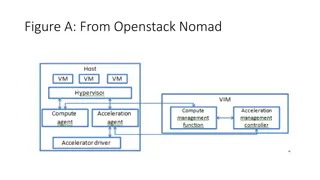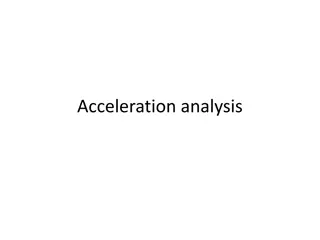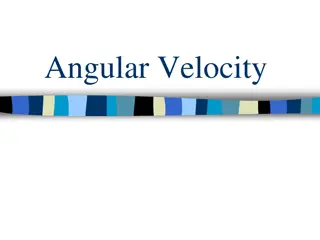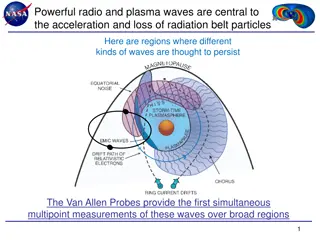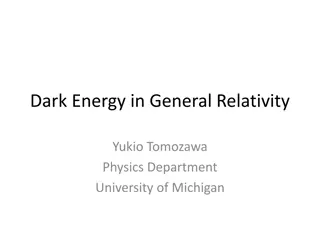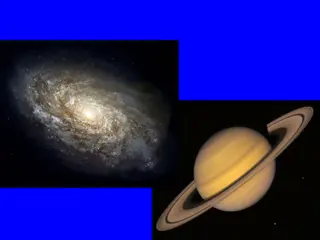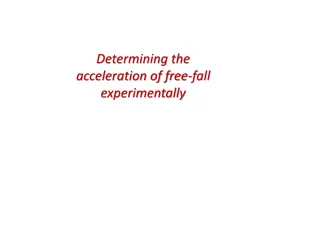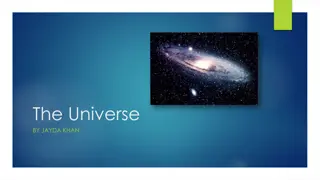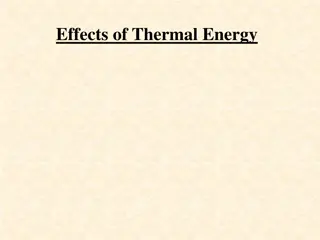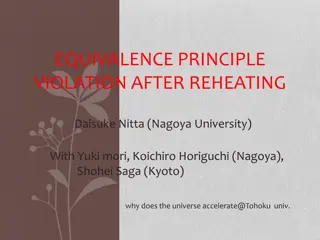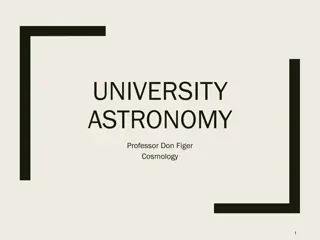Understanding the Expansion and Acceleration of the Universe
The expansion and acceleration of the universe, driven by dark energy, is characterized by a homogeneous and uniform cosmic expansion. The Hubble constant, determined by the scale factor, plays a key role. The Hubble diagram, based on Cepheid variable stars in nearby galaxies, uses their varying luminosity to calibrate distance scale. Olbers' Paradox, resolved by Big Bang cosmology, questions the darkness of the sky in an infinite universe. The solution lies in the finite universal space-time and the age of the universe. Hubble expansion further explains the finite and expanding nature of the universe, highlighting redshift phenomena.
Download Presentation

Please find below an Image/Link to download the presentation.
The content on the website is provided AS IS for your information and personal use only. It may not be sold, licensed, or shared on other websites without obtaining consent from the author. Download presentation by click this link. If you encounter any issues during the download, it is possible that the publisher has removed the file from their server.
E N D
Presentation Transcript
Expansion and Acceleration of the Universe: Dark Energy Homogeneous and uniform cosmic expansion Hubble constant determines scale factor Hubble diagram was based on a limited distance scale calibrated by Cepheid variable stars in relatively nearby galaxies Cepheids are giant stars with periodically varying luminosity (pulsate); measuring the periods (days to months) calibrates absolute luminosity Period-Luminosity relation
Cepheid Variable Stars Period-Luminosity Relation Longer the period, more luminous the Cepheid
Olbers Paradox: Why is the Sky dark? Infinite universe with infinite galaxies (stars) ? Sky must be blindingly bright! But it isn t Therein lies a paradox Resolved by Big Bang cosmology First, let s examine Olber s paradox Assume infinite universe with infinite stars
Q. Stars everywhere out to infinity ? A. Then the sky must be infinitely bright ! Assume constant brightness LV and thickness of shells T
What is the solution to Olbers paradox ? Finite universal space-time Finite spatial extent observable universe Finite lifetime Age of the universe = 1/H0 Paradox explained by expansion of the universe - Light from distant stars is highly red-shifted and not reached us yet - Hubble expansion implies age ~ 13.7 billion years Following Big Bang: v = Hod Most recent value: Ho = 71 Km/s/MPc (note the units)
Hubble Expansion Finite and expanding universe Cosmological expansion of the universe itself -- Not just galaxies moving away, but the Universe itself is expanding Redshift of galaxies photon wavelength received on Earth increases as emitted light travels towards us from faraway galaxies Redshift: z = ( r e) ) e Measure redshift z and infer velocities z = 0 present epoch; z > 0 past Universe was hotter at higher z: T(z) = To(1+z) To = 2.73 K (CMB temperature)
Hubble Diagram vs. Redshift But Universal expansion is not constant but accelerating
General Relativity Revisited General Relativity (GR) did not include expansion of the Universe, thought to be static But that caused a problem gravity Attraction would make the Universe collapse Einstein added an ad hoc repulsion term to GR Cosmological constant Greatest blunder But, Hubble s discovery made that redundant Or did it? What causes accelerated expansion? Dark energy; reminiscent of Einstein s
Curvature and Distribution of Matter Matter and energy curve space locally Curved space makes matter and energy move Universe is almost flat otherwise GR equations relate curvature of spacetime and distribution of matter and energy Einstein equations of GR Simplified by Friedmann assuming homogeneous and isotropic universe
